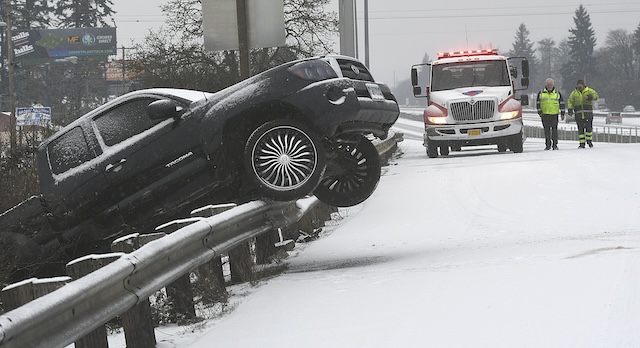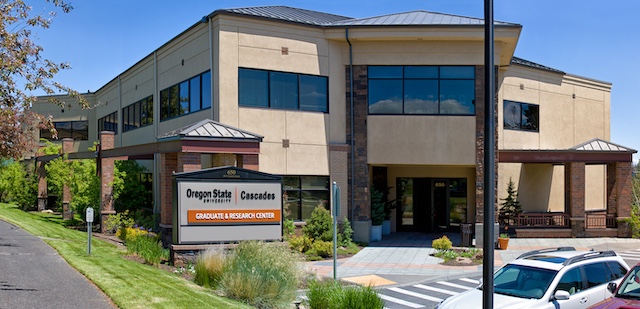Grand Slam
Published 11:13 am Monday, June 30, 2014

- Skyline Forest has potential
Looping through the vast trail network west of Bend on my mountain bike, I often make sure to avoid rock-strewn technical trails such as Grand Slam and C.O.D.
They are just too intimidating, and I usually end up frustrated and walking my bike through the more challenging sections.
Last week I made a point to ride Grand Slam in its entirety (it is technical only on its east end) and maybe even try C.O.D. again.
I started from Phil’s Trailhead and pedaled my way southwest to Grand Slam, which starts on its east end at junction 9.
Just past junction 11 the trail begins to run along a rock wall, and there the technical section begins in earnest.
Much of the approach to riding technical terrain is mental. I find that if I make the decision to try it, I can make it over most rocky sections. If I hesitate, that’s when I end up walking my bike.
Bill Warburton, cycling director for the Bend Endurance Academy, teaches mountain bikers how to ride over obstacles like rocks, roots and logs. The first step, he says, is making sure the rider is comfortable pedaling while out of the saddle. Then, the rider should focus on leaning while riding over an obstacle.
“Lean back coming into it, and then lean forward going over it,” Warburton says. “That helps get the front wheel up, and then it helps get the rear wheel up.”
He also advises mountain bikers to walk a trail first on the particularly “scary” sections.
“Keep your pedals flat, and know which foot you like to have forward,” Warburton says. “In general, you want to have enough speed that you can balance comfortably without having to steer.”
On technical uphill sections, Warburton says, bikers should make sure they are not riding in a gear that is too easy. Often, on a steep climb, it is best to shift a gear or two harder than accustomed. The tougher gears will keep a rider’s back tires from spinning out and losing traction.
I heeded Warburton’s advice and made it through several of the technical sections on Grand Slam, though I did walk some.
The nice thing about Grand Slam is that once you make it through that first challenging section, the trail becomes smooth, rolling singletrack all the way west to its connection with Storm King.
I cruised along the trail, climbing gradually. With no recent precipitation, the Phil’s Trail network remains mostly a dusty mess, even in early October when the chill of fall is noticeable. But Grand Slam tends to stay less dusty than other trails in the complex.
My plan was to connect to C.O.D. and ride it back toward the trailhead. But, I confess, I was tired of riding technical terrain and ready to enjoy smooth, easy singletrack back to my car.
C.O.D., which runs just north of Century Drive, is extremely technical in some sections, and those sections are much longer than the challenging part of Grand Slam. I was just not mentally into it.
So I used my map to find the right forest roads that would lead me back to Phil’s Trail. It was a lot of effort simply to avoid a technical trail.
Oh well. I will face my fears another day.
“A lot of people get really frustrated, or embarrassed or whatever, when they can’t make a section,” Warburton says. “But it’s supposed to be fun, so if they can’t ride one thing, maybe when they come back the next week they’ll be able to.”
Editors Note: Mountain Bike Trail Guide, by Bulletin outdoor writer Mark Morical, features different trails in Central Oregon and beyond.
DIRECTIONS
Accessible from Phil’s Trailhead off Skyliners Road just west of Bend. Bikers can connect to Grand Slam on its east end from Phil’s Trail or from KGB. On its west end, Grand Slam connects to Storm King.
DISTANCE
The entire trail is about five miles long.
RATING
Aerobically intermediate and technically advanced.
TRAIL FEATURES
Technical rocky sections as well as smooth, rolling singletrack that stays less dusty than other nearby trails.








